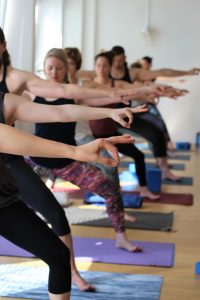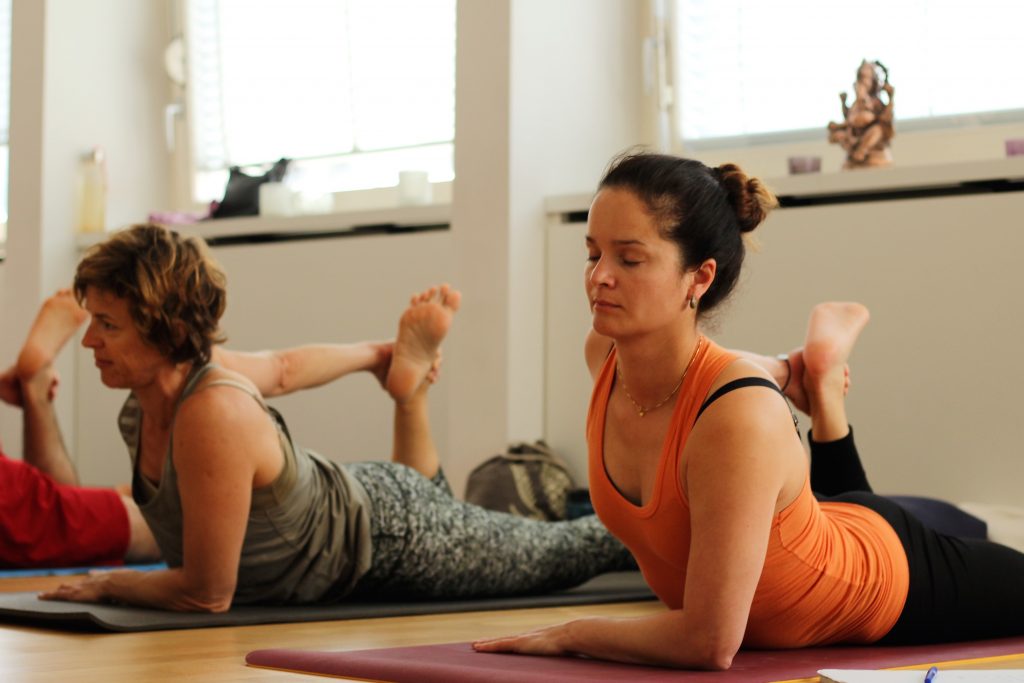The misuse of the word “Yoga” quite often relates to what logicians call the “fallacy of composition.” Being an informal fallacy, it infers that something is true of the whole simply because it is true of some part of the whole. Oftentimes this can lead to false conclusion that whenever a person is performing any action related to Yoga, that person is actually doing Yoga.
Three examples are claims that:
- Yoga as physical fitness
- Stress management
- Medical treatment
Common fallacies about Yoga
Once again, the goal of Yoga is Yoga, and is directly related to the realization or direct experience of the highest unity of our being.
Here are some commonly used but obviously unreasonable and false arguments about the misuse of the word Yoga, illustrating the fallacy of composition:
- Body flexing is part of Yoga; therefore, anybody who flexes the body is practicing Yoga.
- Breath regulation is part of Yoga; therefore, anybody who intentionally breathes smoothly and slowly is practicing Yoga.
- Cleansing the body is part of Yoga; therefore, anybody cleansing the body is practicing Yoga.
- Concentrating the mind is part of Yoga; therefore, anybody who concentrates is practicing Yoga.
- Lovingness is part of Yoga; therefore, all people who love their family and friends are practicing Yoga.
- Honesty is a part of Yoga; therefore, any honest person is practicing Yoga.
- Eating healthy food is a part of Yoga; therefore, anyone eating fresh vegetables is practicing Yoga.
- Sitting still is a part of Yoga; therefore, anybody who is sitting still is practicing Yoga.

Just to be clear, Yoga is beneficial to the body but it is not a physical fitness program. Yoga reduces stress but it is not a stress management method. Yoga has an effect on physical health yet Yoga is not a medical treatment.
Understanding the fallacy of composition, and reflecting on these simple examples, makes it easy to see through the numerous arguments and widespread misperceptions. Yoga is not all about physical fitness, stress management, or medical treatment. In fact, Yoga is ONLY about the higher union relating to pure consciousness, soul, purusha, atman, etc.
These secondary purposes may be quite useful, but they are NOT part of Yoga unless the higher goals are the fundamental motive for them.
Yoga: Union of body, mind and spirit?
What does Yoga mean? Many people think this term refers to union between body and mind or body, mind, and spirit. But Vedanta points out that Yoga is the union between Jivatman (the individual self), and Paramatman (the universal self). Therefore, Yoga refers to a certain state of consciousness, or the culmination of the methods that help one realize that state of union.
In ancient times, the word Yoga referred to the “whole.” Today it commonly, and falsely refers to only a part; posture, aka asana, practice, which is often called Hatha Yoga. Hatha in Sanskrit literally means effort, force, or exertion.
Historically, Hatha Yoga was considered to be only a part, or an aspect of the greater whole, which is Yoga. More precisely, postures were only a part of the part since Hatha Yoga dealt with much more than the practice of postures. Thus, the postures were just a part of Hatha Yoga.
While physical postures are not absolutely necessary to authentic Yoga, Hatha Yoga practice help in cleansing and purifying the body to establish optimal health and prepare one for meditation. The ultimate purpose of asana was a means to forget the body and move up to the next level on the path to Samadhi.
Coming up next; “Approaches to the True Goal of Yoga.”
